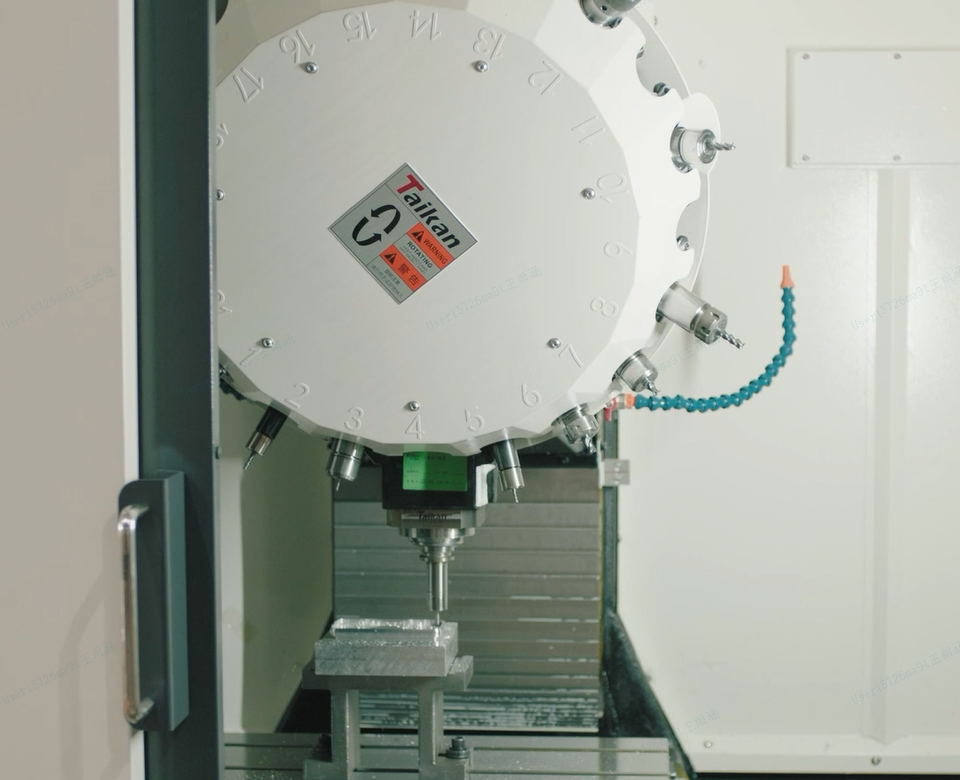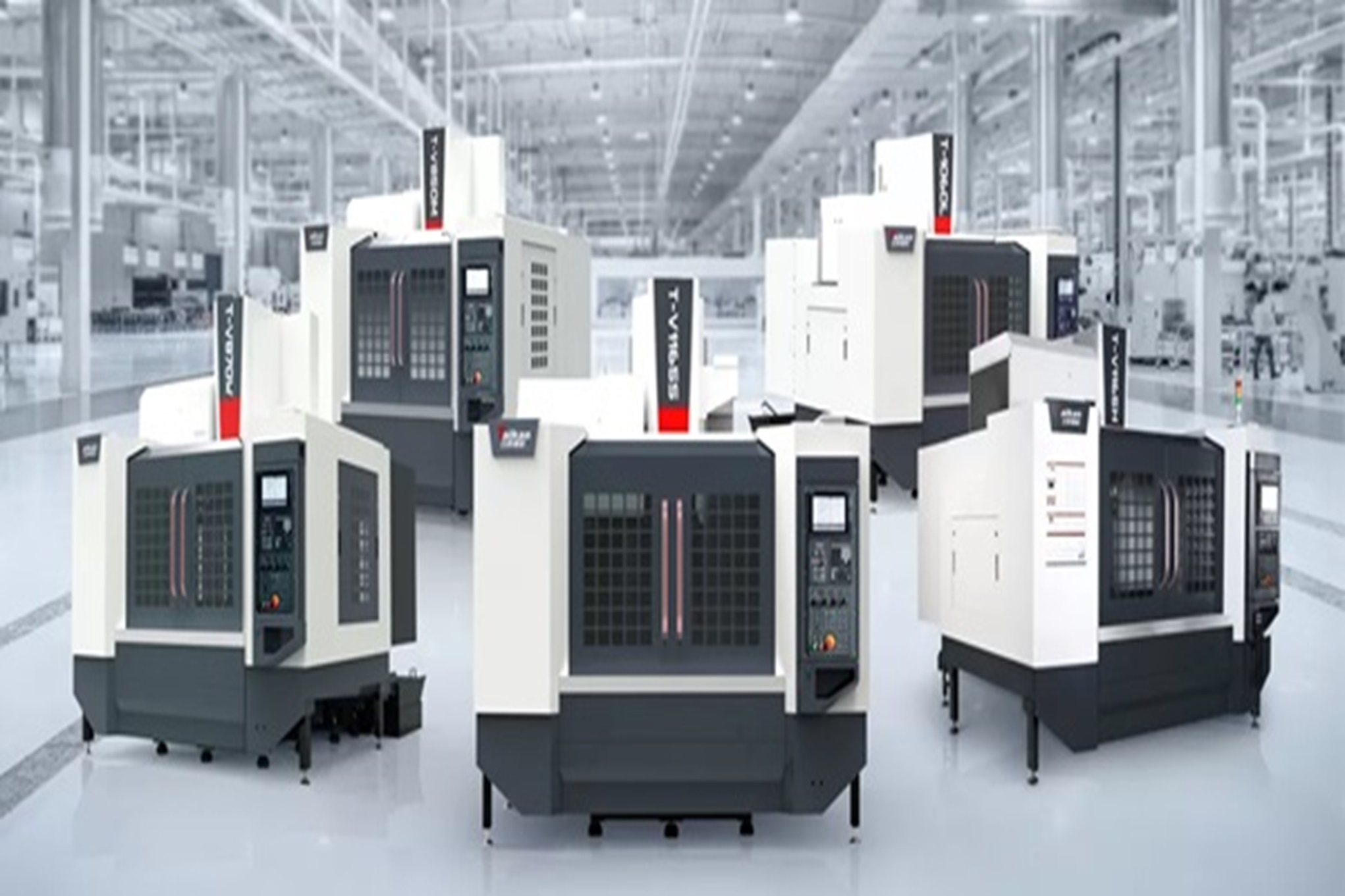In the ever-evolving world of machining, 5-axis machining center and 12-axis CNC machines represent the cutting edge of technology, offering unparalleled precision and efficiency. These machines have become indispensable across various industries, from cnc aerospace machining to medical device manufacturing. Understanding the nuances of these technologies can empower businesses to make informed decisions that enhance productivity while balancing cnc machine cost and machine capabilities. This article provides a comprehensive comparison between 5-axis and 12-axis CNC machines, exploring their axis expansion benefits, complexity levels, cost implications, niche applications, and future trends.
Axis Expansion Benefits
The primary advantage of expanding from five to twelve axes in CNC machining is increased flexibility and capability. Unlike the traditional CNC lathe or vertical CNC machine, these advanced systems can perform complex operations with fewer setups, resulting in faster production times and increased accuracy. For example, while a 5-axis CNC machine for sale offers simultaneous movement across five axes (X, Y, Z, A, and B), a 12-axis machine includes additional rotational and linear capabilities, allowing for intricate tasks and reducing the need for re-fixturing parts.
Such capabilities are especially beneficial in cnc machining aerospace parts, where precision is paramount. The added axes enable detailed part production, enhancing both the functional quality and aesthetic appeal. When considering a cnc horizontal mill or a vertical machining center, the investment in more axes is often justified by the transformative results in production efficiency and precision.

Complexity Levels
While the benefits of a twelve-axis machining center are clear, so are the complexities involved. Operating a cnc vertical milling machine with this many axes requires sophisticated software and highly skilled operators. The learning curve for high precision cnc machining systems is steep, demanding a clear understanding of both machine mechanics and programming.
As technology advances, companies offering cnc lathe and milling machines have started integrating intuitive software solutions to simplify operations. However, the complexity of setup and maintenance remains a significant consideration. Whether opting for a china cnc machine or domestically manufactured equipment, businesses need to invest in comprehensive training to maximize their investment and leverage the full capabilities of a vertical cnc machine or horizontal machining center.
Niche Applications
The specific applications for 5-axis milling machines and 12-axis systems illustrate their specialized roles within the machining industry. The former is ideal for operations that demand detailed cutting, drilling, and sculpting, such as cnc engraving and glass engraving equipment. Meanwhile, a vertical machining center with twelve axes caters to more complex assemblies, requiring simultaneous multi-dimensional manoeuvres for industries like automotive and biomedical engineering.
Industries with stringent standards, such as precision cnc turning, benefit significantly from these machines' capabilities. The ability to perform precise operations without manual adjustments reduces human error, resulting in parts with consistent quality and reduced production downtime.
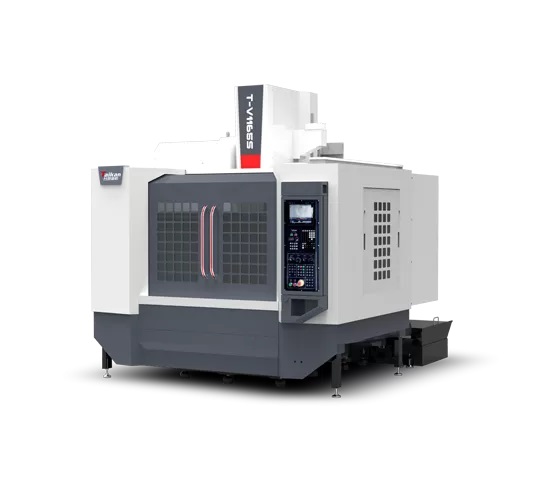
Future Trends
Looking to the future, the role of 12-axis machines in CNC machining centers is likely to expand as technological advancements refine their affordability and usability. Manufacturers in countries like China are continually enhancing the capabilities of machines available on the market, making cnc machine price considerations more accessible to a broader range of industries.
The integration of AI and IoT within cnc aerospace machining is poised to revolutionize precision, automation, and data analytics. As these technologies mature, businesses leveraging horizontal milling machine and cnc vertical lathe setups will likely benefit from enhanced capabilities that blend traditional CNC prowess with next-gen technology.
The future not only holds more advanced machining capabilities but also more sustainable solutions that could drive industry standards. Embracing such innovations may require initial adjustments but promises long-term gains in productivity and sustainability.
Conclusion
In summary, the choice between 5-axis and 12-axis CNC machines largely depends on the nature of the business operations, sectoral demands, and the required precision level. While the benefits of increased axes are clear, organizations must weigh these against the complexities and costs associated with more advanced systems. As technology progresses, the landscape of CNC machining is set to grow increasingly dynamic, offering businesses new opportunities to innovate and lead in precision manufacturing.

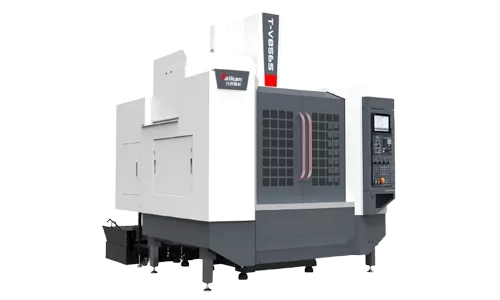
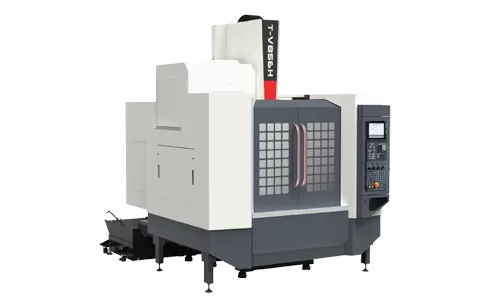
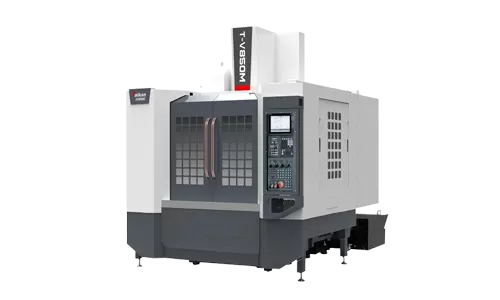
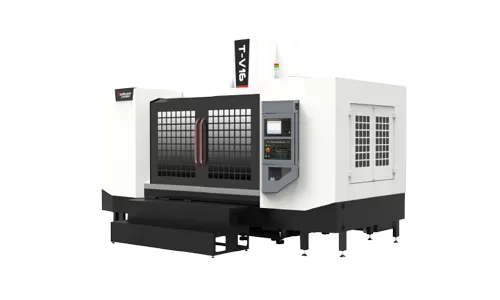

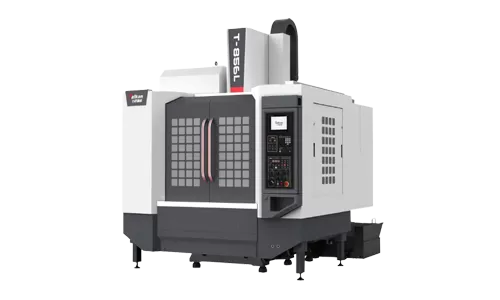

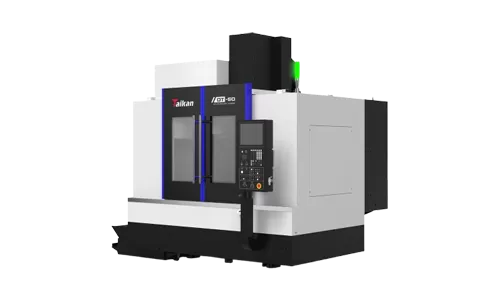

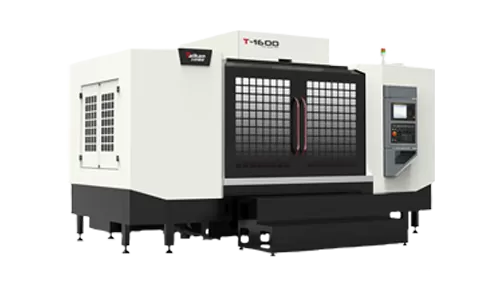
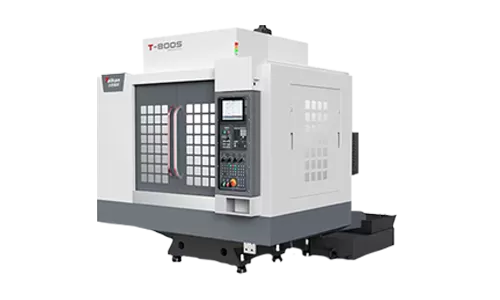
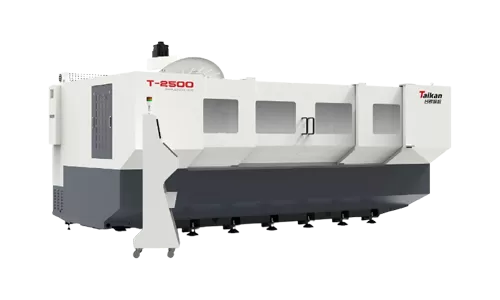


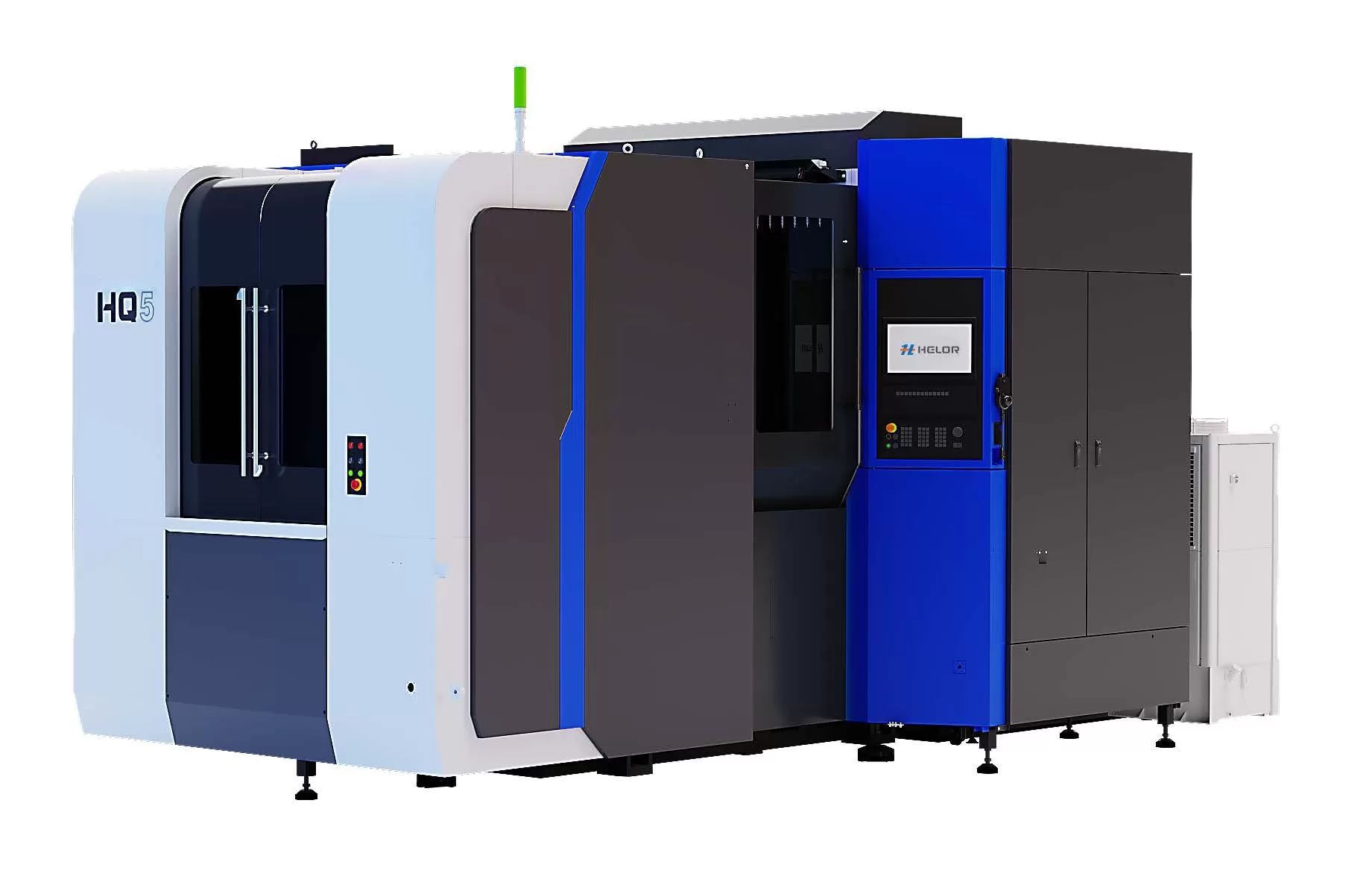
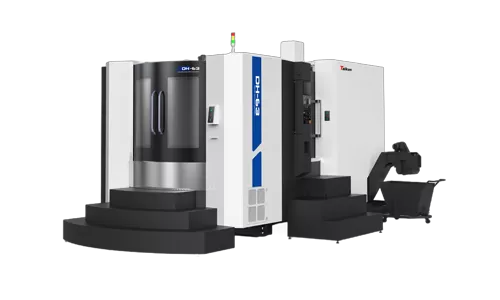

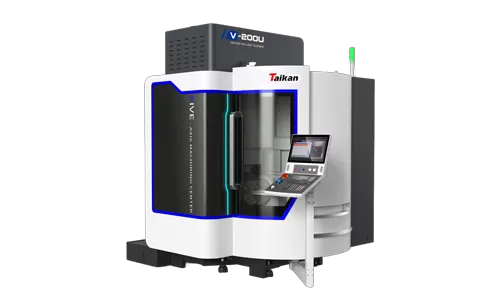
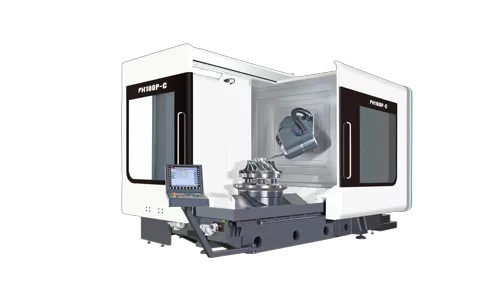
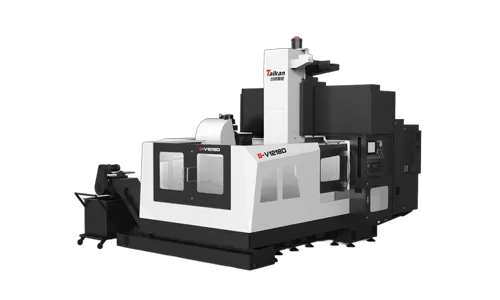
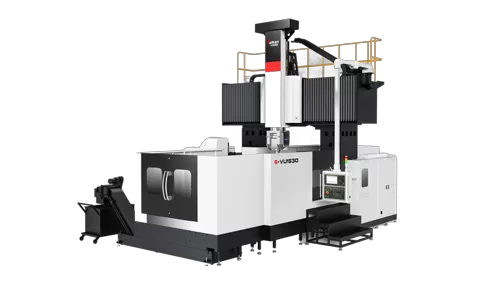

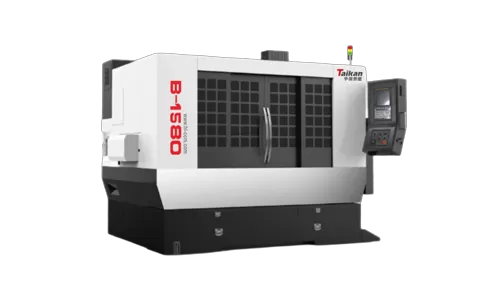

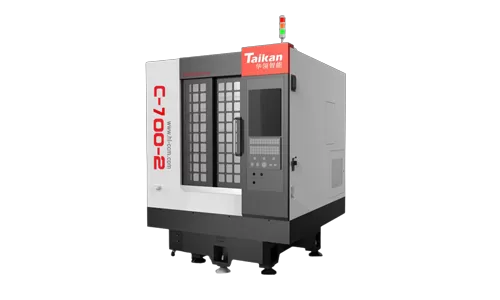
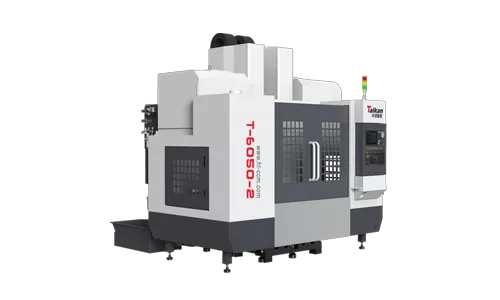
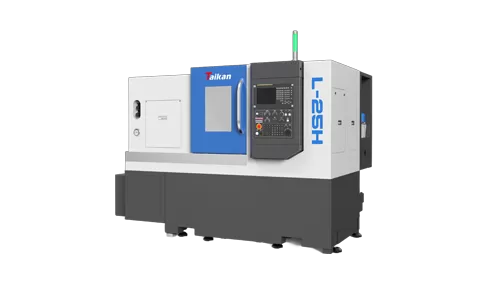



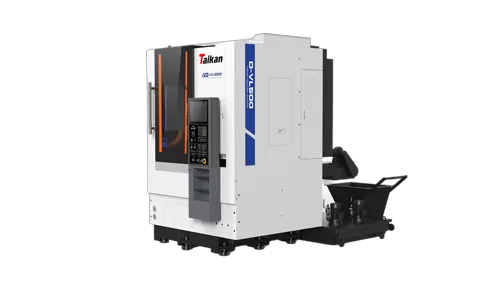
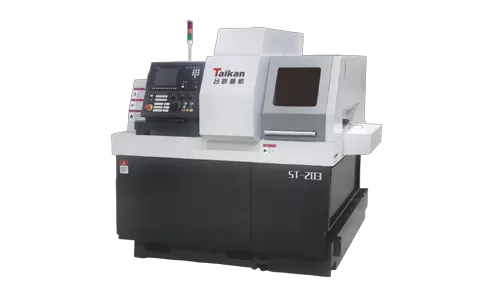
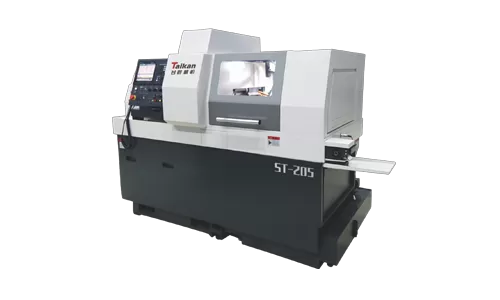
 Vertical Machining Center Drilling and Milling Machining Center Profile Machining Center Horizontal Machining Center 5-Axis Machining Center Gantry Machining Center CNC Multi-Head High-Speed Machining Center CNC Lathe CNC Swiss-Type Automatic LatheS series Standard Edition with 3-Axis Linear Guide Rails H Series Advanced Edition with 3-Axis Linear Guide Rails M Series Excellent Rigidity T-V Series Light Cutting W Series Hub Machining L Series Two Rails and One Hard Rail T Series 3-Axis Hard Rail DT Series High Precision Vertical Machining CenterB Series Drilling & Milling Machining Center S Series Drilling & Milling Machining Center SE Series Drilling & Milling Machining CenterT Series Moving Column Type & BT30 (Tilt-Disc Tool Magazine) V Series Moving Column Type & BT40 (Tilt-Disc Tool Magazine)T-H11 Horizontal Machining Center HQ5 High Rigidity Horizontal Machining Center DH-63 Horizontal Machining Center DH-100S Horizontal Machining CenterG-V Series 3-Axis Linear Guides G-VU Series 5-Axis Gantry Machining Center G-BU Series Bridge 5-Axis Gantry Machining CenterSingle-Head High-Speed Engraving Machining Center Multi-Channel High-Speed Machining Center Multi-Head High-Speed Engraving Machining Center Multi-Head Vertical Machining Center
Vertical Machining Center Drilling and Milling Machining Center Profile Machining Center Horizontal Machining Center 5-Axis Machining Center Gantry Machining Center CNC Multi-Head High-Speed Machining Center CNC Lathe CNC Swiss-Type Automatic LatheS series Standard Edition with 3-Axis Linear Guide Rails H Series Advanced Edition with 3-Axis Linear Guide Rails M Series Excellent Rigidity T-V Series Light Cutting W Series Hub Machining L Series Two Rails and One Hard Rail T Series 3-Axis Hard Rail DT Series High Precision Vertical Machining CenterB Series Drilling & Milling Machining Center S Series Drilling & Milling Machining Center SE Series Drilling & Milling Machining CenterT Series Moving Column Type & BT30 (Tilt-Disc Tool Magazine) V Series Moving Column Type & BT40 (Tilt-Disc Tool Magazine)T-H11 Horizontal Machining Center HQ5 High Rigidity Horizontal Machining Center DH-63 Horizontal Machining Center DH-100S Horizontal Machining CenterG-V Series 3-Axis Linear Guides G-VU Series 5-Axis Gantry Machining Center G-BU Series Bridge 5-Axis Gantry Machining CenterSingle-Head High-Speed Engraving Machining Center Multi-Channel High-Speed Machining Center Multi-Head High-Speed Engraving Machining Center Multi-Head Vertical Machining Center
 es
es  pt
pt  ar
ar  tr
tr  fr
fr  de
de  it
it  th
th  vi
vi  pl
pl  ms
ms  hi
hi  id
id  kk
kk 

